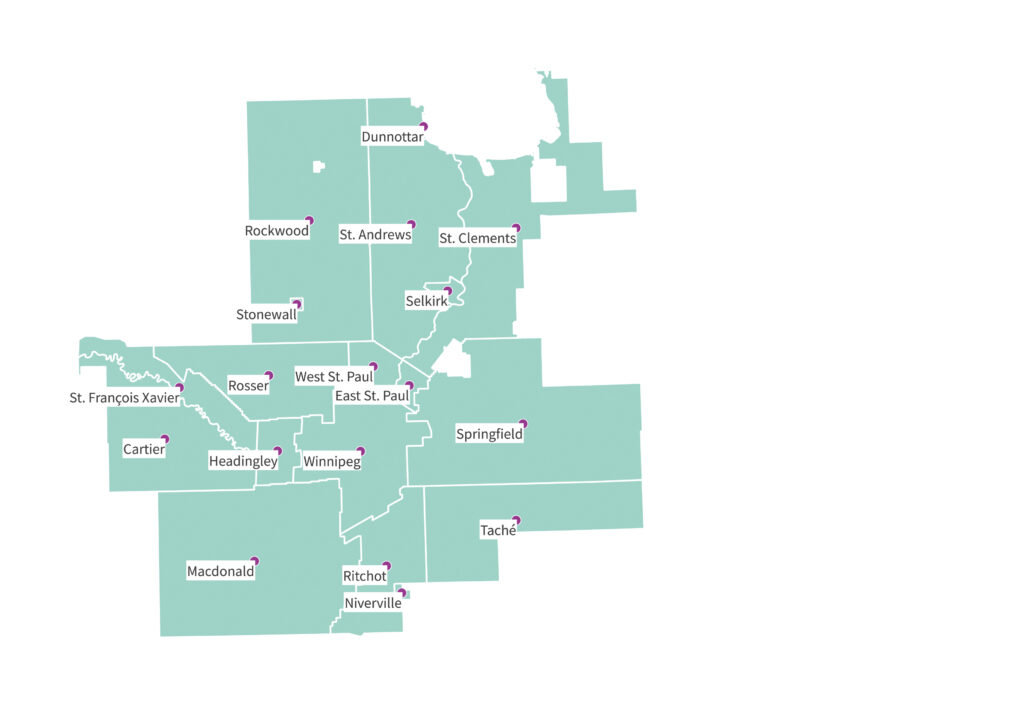Issues in the News by Dorothy Dobbie
There is no conspiracy. There is no attempt to remove local authority from municipalities. There is no outside group planning to have the WEF take over the farm industry or any of the other things some very misinformed people have been talking about since the draft plan was revealed.
How do I know?
I was there at the beginning. I helped then executive director, the brilliant Colleen Sklar, prepare a plan to present to the newly formed Pallister caucus in 2016. Colleen has moved on now to head up the administration of the purchasing agent of the plan, JohnQ Public.
Boiled down to its essence, the plan is a way to find spending efficiencies while improving services to the 17 municipalities surrounding Winnipeg. In a sparsely populated province such as Manitoba, which has one big city and many small ones, co-operative planning just makes sense.
Interestingly, Winnipeg was not the first to think of this, neither were all the other cities that now have similar organizations.
This group was founded in 1998 and floundered for the next number of years until Colleen came along. I was introduced to her by former councillor Grant Nordman who believed in her and the work she and the councillors and reeves were doing. She was not given an easy mission, because each jurisdiction was very jealous of its powers and rightly so, but eventually, they managed to cobble together a plan that all accepted.
While this is not a WEF plan or a grab by developers, concerns are being raised that the City of Winnipeg is bidding for ascendency so it can alleviate its own bad money management. I have no idea if this is true but the representatives around the table are all equals and many votes win over one vote, so if it is a bad deal the participants have to answer for it, not just blame Winnipeg.

What I do see is that some of the verbiage is inflammatory among some groups because it unnecessarily mentions “UN” and “Global” standards. (“It is the product of a collaboration between municipal, federal and global experts. This plan "aligns with the objectives of the United Nations 2030 Sustainable Development Goals" for a "sustainable and prosperous future for people and the planet".)
While the Winnipeg Metropolitan Region board consulted widely in the search for best practices, it is not dictated to by anyone outside of Manitoba.
In January 2023, the previous government announced a new agency, the Capital Planning Region. Here is a part of the government announcement. “The Capital Planning Region Regulation came into effect on January 1, 2023, formally establishing the Capital Planning Region (CPR), a statutory corporation, with a Board of Directors responsible for managing, or supervising the management of, the business and affairs of the CPR in accordance with its mandate.
“The CPR currently operates as the Winnipeg Metropolitan Region and is comprised of 18 member municipalities: the Cities of Winnipeg and Selkirk, the Towns of Niverville and Stonewall, the Village of Dunnottar, and, the Rural Municipalities of Cartier, East St. Paul, Headingley, Macdonald, Ritchot, Rockwood, Rosser, Springfield, St. Andrews, St. Clements, St. François-Xavier, Taché, and West St. Paul. In addition to one representative for each member municipality on the Board of Directors, the Minister of Municipal and Northern Relations may appoint up to four directors to the CPR Board, in accordance with Manitoba’s Agencies, Boards and Commissions appointment process.”
Board chairs were appointed: Michael Moore, formerly the executive director of the Manitoba Homebuilders Association, was appointed chair, and Elisabeth Saftiuk, vice president of policy and government relations at the Manitoba Chambers of Commerce, has been appointed vice-chair. Chief Gordon BlueSky of Brokenhead Ojibway Nation has been appointed as a voting member-at-large representing the Treaty One Development Corporation. It is good that Chief Bluesky is on the Board. Indeed. Colleen Sklar, when she was executive director, actively sought advice from Indigenous communities within the region. Their communities are rightfully part of the process.
The recent document and hearings are just part of the process; however the organization has done a dismal job of communicating with the public. Mike Moore admits that some of the language also surprised him, and he has heard and taken note of what concerned residents have had to say. He agrees that the language should be revised. It appears that at least five of the municipal partners, including Headingley, Ritchot, Selkirk and Niverville agree, withdrawing their support for the plan until changes are made. Municipal and Northern Affairs Minister Ian Bushie said the government will pass new legislation allowing for opt outs.
At the end of the day, folks, the new statutory corporation is designed to provide continuity and move the agenda forward. For details about how this will work and to alleviate some of the fears and erroneous information, those interested can go here to review the document and highlights of the Act. https://www.manitoba.ca/mr/land_use_dev/pubs/guide-regional_planning_and_major_dev.pdf
Do express your opinions but try to focus on real concerns. Demand answers to questions to help improve the proposals but try to look at the plan more objectively knowing that in the end it is designed to save your tax dollars and give you better services.


